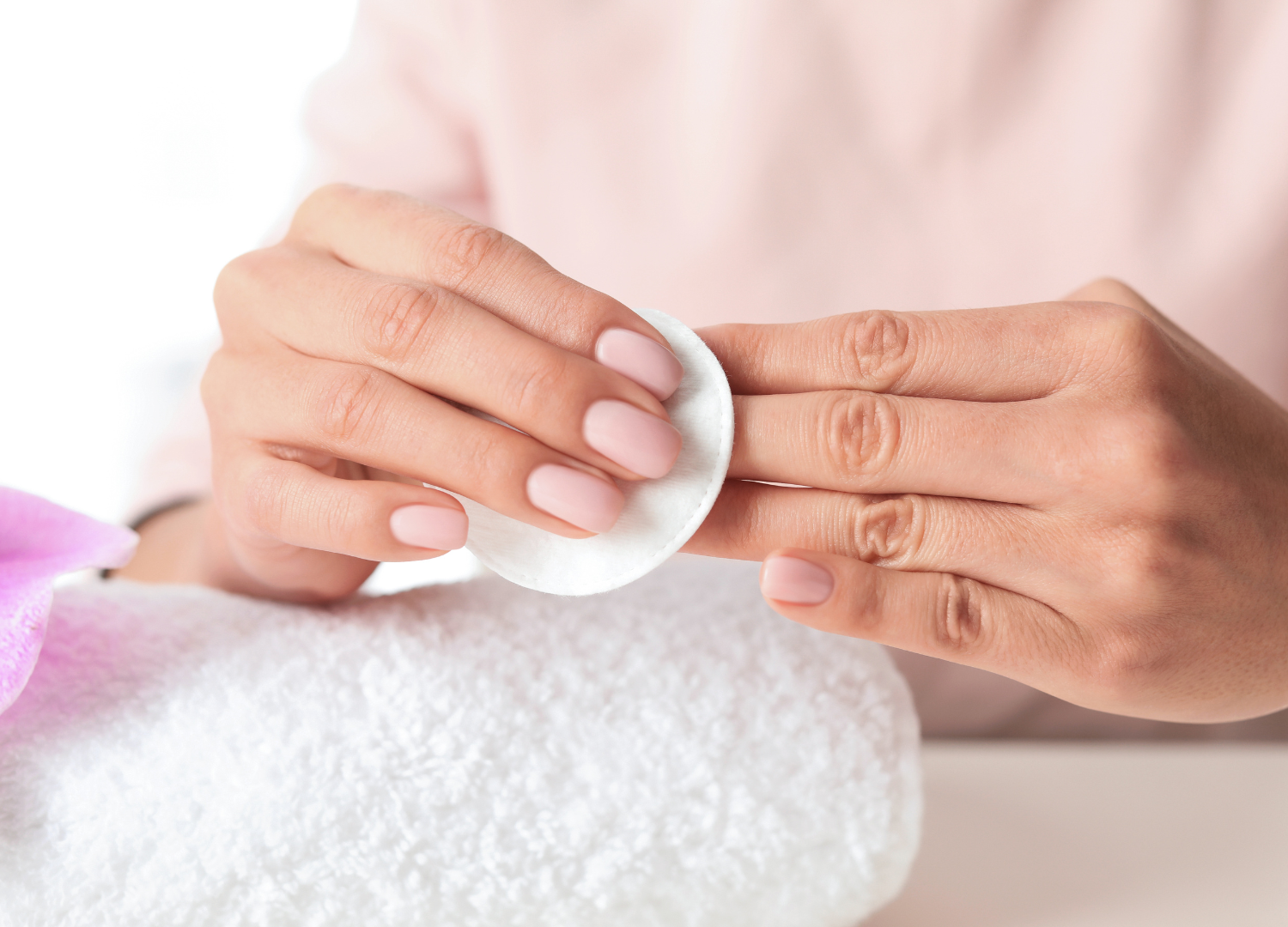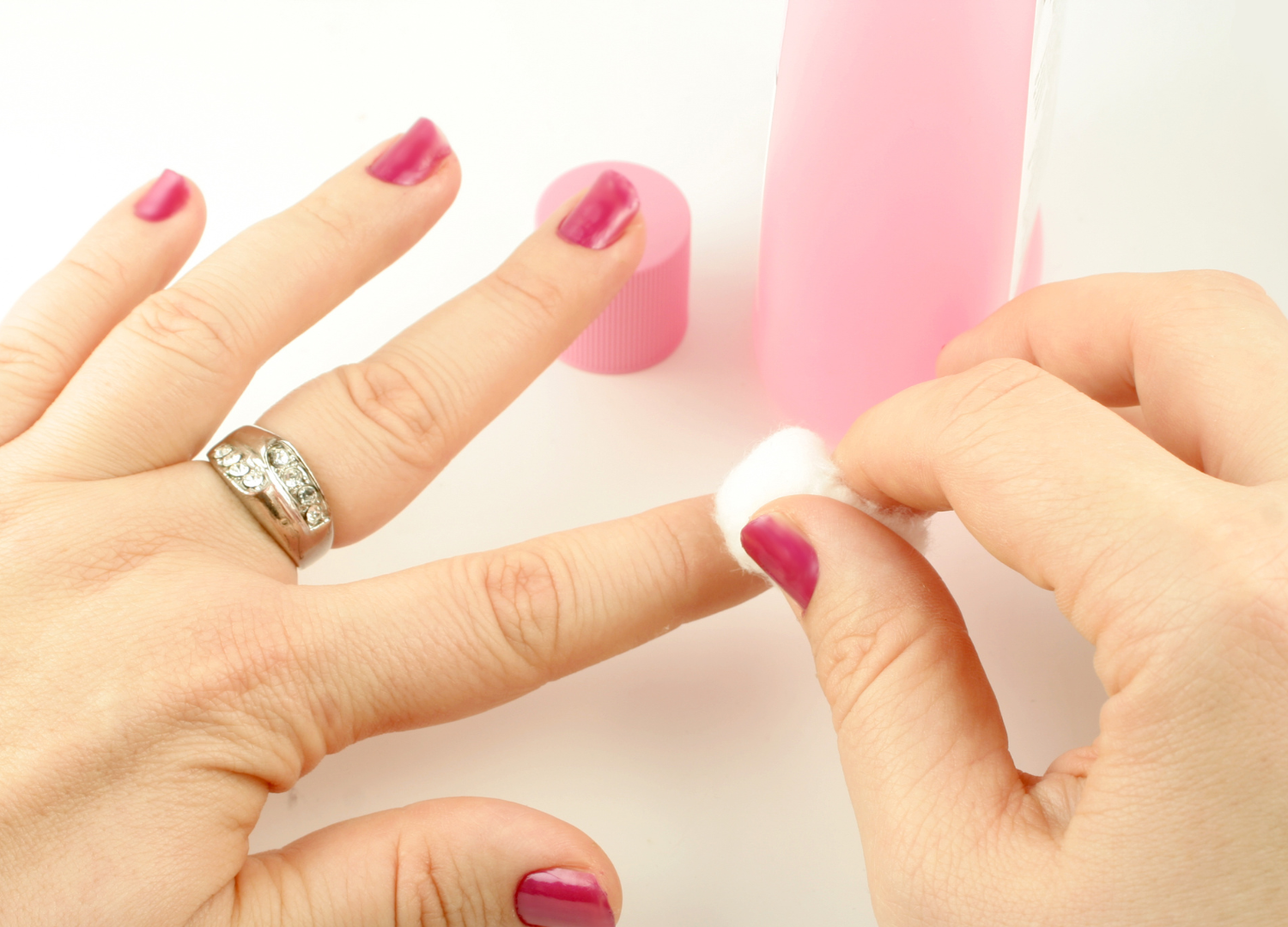
Nail hygiene is an often-overlooked aspect of personal care that plays a crucial role in maintaining overall health and well-being. Our nails are not merely cosmetic features; they can serve as indicators of our general health and, when neglected, can become breeding grounds for bacteria and fungi. This blog post aims to shed light on the significance of nail hygiene, its connection to our overall health, and provide practical tips for keeping your nails clean, healthy, and free from infections.

Nail Structure and Common Nail Problems
To take good care of your nails, you should know their basic parts and the problems that can happen when you neglect them.
Basic Anatomy of Nails
Your nails have several parts. The nail plate is the hard part you can see, and it’s made of a tough protein called keratin. Underneath the nail plate is the nail bed, which is the skin that your nail plate rests on. The nail bed has blood vessels and nerves. At the base of your nail is the matrix, which is where new nail cells grow. These new cells form the nail plate. The cuticle is the protective skin that seals the nail plate to the nail bed, helping to keep germs and dirt out.
Common Nail Problems
When you don’t take care of your nails, you can get:
1. Fungal infections (onychomycosis)
Your nails get thick, yellow, and brittle. Debris collects under the nail plate, and the nail might come loose from the nail bed. These infections like warm, wet places or can spread from contact with infected nails. Treatments include medicines, laser therapy, or removing the infected nail.
2. Bacterial infections (paronychia)
The skin around your nail gets red, swollen, sore, and may drain pus. You can get these if you damage your nail, get it too wet too often, or bite or pick at your nails. Antibiotics and warm soaks help, and pus may need to be drained.
3. Ingrown nails
The edge of your nail grows into the skin around it, causing pain, redness, and swelling. This can happen from cutting nails wrong, wearing tight shoes, or injuring your toe. Soak the area in warm water, trim the nail properly, and in bad cases, the ingrown part may need to be removed.
If you know what to look for, you can spot and treat nail problems early. The best way to avoid them is to practice good nail hygiene.
The Link Between Nail Hygiene and Health
Nails are not just aesthetic features; they are closely connected to our overall health and well-being.
How Nails Can Harbor Bacteria and Fungi
Nails, particularly those on our toes, provide warm, moist environments that are ideal for the growth of bacteria and fungi. When nails are not cleaned and dried properly, these microorganisms can multiply and lead to infections.
The Spread of Infections Through Improper Nail Care
Improper nail care practices, such as sharing nail clippers or using unsanitary tools at nail salons, can facilitate the spread of infections from one person to another. This highlights the importance of using personal nail care tools and ensuring that they are properly sanitized. For those seeking to avoid these risks, learning to create salon-perfect nails at home is both a safe and satisfying alternative. Our article 'Acrylic Nail Savvy: Create Salon-Perfect Nails at Home' offers valuable tips and guidance on achieving professional results with your at-home manicure.
Impact of Nail Health on Detecting Broader Health Issues
Changes in nail appearance, such as discoloration, thickening, or separation of the nail from the nail bed, can sometimes indicate underlying health issues like diabetes, cardiovascular disease, or nutritional deficiencies. Paying attention to nail health can help detect these problems early on.
How to Keep Your Nails Clean and Healthy

Maintaining proper nail hygiene involves a combination of regular cleaning, appropriate grooming, and protecting nails from damage.
Regular Cleaning and Drying of Nails
Wash your hands and feet thoroughly with soap and water, taking care to clean under your nails. Use a soft nail brush to gently scrub away dirt and debris. After washing, dry your nails thoroughly to prevent moisture from promoting the growth of bacteria and fungi.
Appropriate Trimming and Filing
Trim your nails regularly using clean, sharp nail clippers. Cut straight across, then gently round the edges with a file to prevent ingrown nails. Avoid cutting nails too short or aggressively pushing back the cuticles, as this can lead to infections.
Moisturizing and Protection
Keep your nails and cuticles moisturized by applying a nourishing oil or lotion. This helps prevent dryness, brittleness, and breakage. When working with harsh chemicals or doing manual labor, wear gloves to protect your nails from damage.
If your nails have become thin and damaged, incorporate nourishing treatments into your routine. Use nail strengtheners or keratin treatments to fortify thin nails, apply cuticle oils and nail conditioners to hydrate and repair, and consider getting professional nail masks or wraps for intense conditioning. It’s also vital to keep your nails and cuticles well-moisturized by using a nourishing oil or lotion, as outlined in the importance of moisturizing and protection; this helps to prevent dryness, brittleness, and breakage. Additionally, when doing manual labor or working with harsh chemicals, remember to wear gloves to protect your nails from potential damage. This combination of strengthening, hydrating, and protecting your nails forms a comprehensive approach to maintaining healthy nail care.
Tips for Preventing Common Nail Problems
In addition to basic hygiene practices, there are specific strategies you can employ to prevent common nail issues.
Strategies for Preventing Fungal Infections
To prevent fungal infections, keep your nails clean and dry, wear breathable shoes and socks, and avoid walking barefoot in public areas like pools or locker rooms. If you suspect a fungal infection, treat it promptly with an over-the-counter antifungal product or consult a healthcare provider.
Guidelines for Avoiding Ingrown Nails
To prevent ingrown nails, trim nails straight across, avoid cutting them too short, and wear shoes that fit properly and provide ample toe room. If you experience an ingrown nail, soak the affected area in warm water and gently lift the corner of the nail to relieve pressure. If the condition persists or becomes painful, seek professional help.
Advice on Maintaining Healthy Cuticles and Preventing Hangnails
Moisturize your cuticles regularly to prevent dryness and cracking, which can lead to hangnails. Avoid picking or tearing at hangnails, as this can cause infection. Instead, carefully clip them off with clean, sharp nail scissors.

When to Seek Professional Help
While most nail issues can be managed at home, there are times when professional intervention is necessary.
Signs and Symptoms That Should Prompt a Consultation
If you experience persistent nail problems, such as discoloration, thickening, or separation of the nail from the nail bed, or if you have a painful ingrown nail or suspected infection, it’s essential to consult a healthcare provider.
The Role of Dermatologists and Podiatrists in Nail Care
Dermatologists and podiatrists are medical professionals who specialize in the care of skin, hair, and nails. They can diagnose and treat various nail conditions, from minor issues to more serious infections or underlying health problems.
Take Control of Your Nail Health Today!
Nail hygiene is a vital aspect of overall health and well-being that should not be overlooked. By understanding the structure of nails, recognizing common nail problems, and implementing proper nail care practices, you can keep your nails healthy, strong, and free from infections. Remember to clean, trim, and moisturize your nails regularly, protect them from damage, and seek professional help when needed. By integrating nail hygiene into your daily routine and encouraging your loved ones to do the same, you can enjoy the long-term benefits of healthy, beautiful nails while promoting overall health and well-being.


